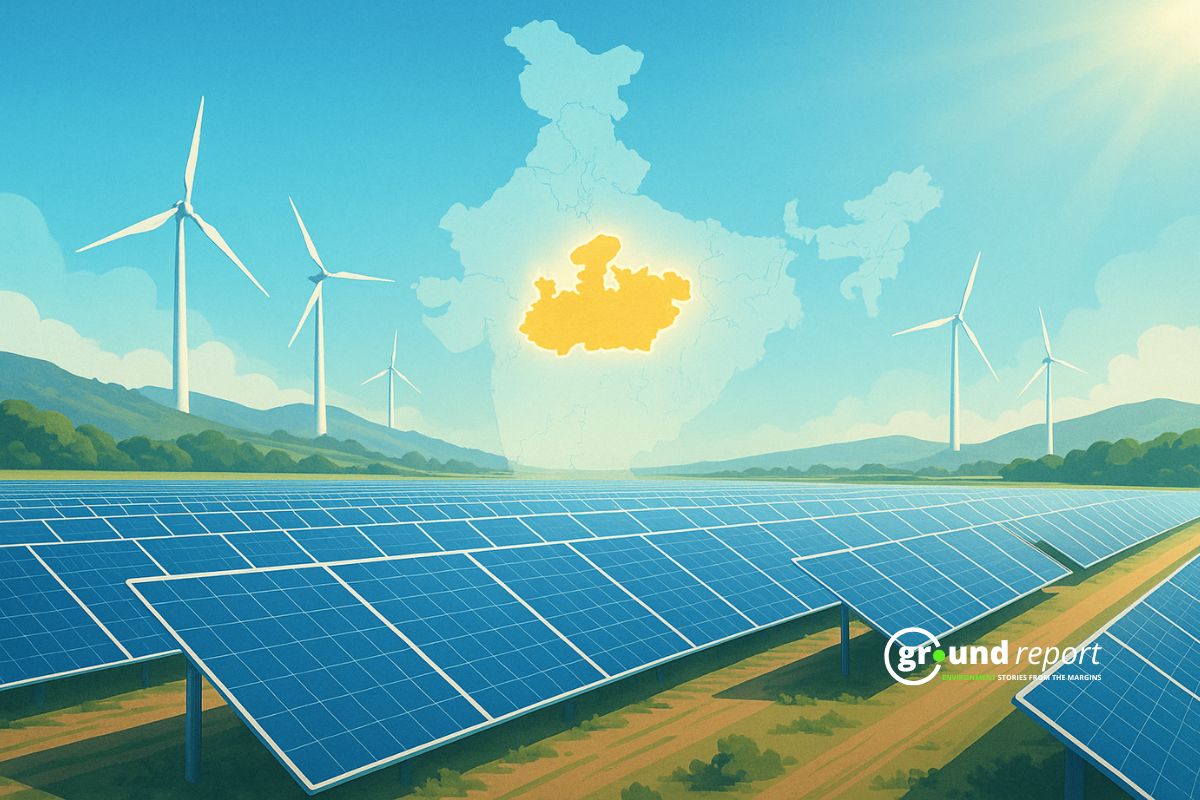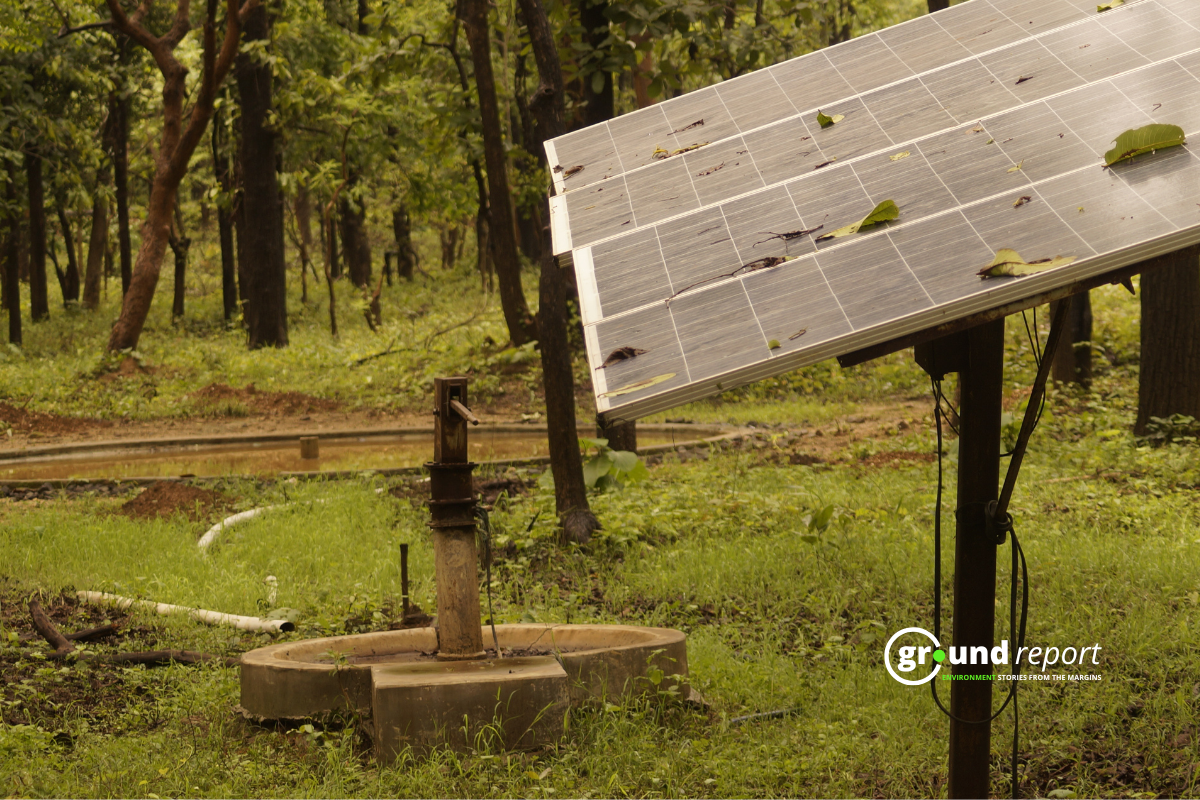A recent study conducted by experts from the India Meteorological Department (IMD), the country is experiencing a notable decline in solar power generation potential. Published in the Mausam Journal in mid-April, the study emphasizes the importance of adopting more efficient equipment to address this issue.
Solar power potential in India decreased in 3 decades
The study titled “Understanding the climatology and long-term trends in solar radiation using ground-based in-situ observations in India,” was authored jointly by six scientists. They examined climatology, global radiation (GR) trends, diffuse radiation (DR), bright sunshine hours (BHS), and the technical potential of solar power (solar photovoltaic potential/SPV) using IMD’s in-situ data from 1985 to 2019.
The study highlights an alarming decline in solar photovoltaic potential across all selected stations, a trend expected to persist shortly. This downturn could significantly hamper energy production from solar resources.
The data indicated high GR over northwest and inland areas of peninsular India, with high DR over coastal stations, including extreme northern regions. BHS was observed more over the northwest region, encompassing north, northeast, and southern peninsular India.
The country’s solar photovoltaic potential ranges from 1800 to 3400 Wm-2 with notable regional disparities. However, both global radiation (GR) and bright sunshine hours (BHS) show significant declining trends across most parts of the nation. Moreover, the technical potential of solar power is also experiencing a concerning decrease in many selected stations. These findings underscore the urgent need for widespread adoption of solar panels with enhanced efficiency to meet energy requirements from solar resources.
Decline in solar radiation noted
B L Sudeepkumar, commenting on the study’s key findings, stated, “The country is witnessing a widespread decline in solar radiation, likely due to factors such as air pollution and increased cloud cover. As solar radiation intensity continues to decrease and indications suggest this trend will persist in the coming years, the solar panel industry must embrace more efficient technologies that can harness higher energy from solar resources.”
The study identifies a significant decline in global radiation (GR) across various cities including New Delhi, Shillong, Ahmedabad, Kolkata, Nagpur, Mumbai, Pune, Vishakhapatnam, Goa, Chennai, and Thiruvananthapuram. New Delhi experiences the most pronounced decrease (0.7%), while Pune shows the least decline (0.1%).
Conversely, annual diffuse radiation (DR) demonstrates an increase in over 80% of stations, with nearly 60% showing statistically significant rises, attributed to heightened atmospheric turbidity and cloudiness. Bright sunshine hours (BHS) exhibit a decreasing trend in most stations, except for Nagpur, where an increase is observed but lacks statistical significance.
However, New Delhi, Shillong, Ahmedabad, Mumbai, Pune, Vishakhapatnam, Goa, Chennai, and Thiruvananthapuram show a significant decrease (at the 0.05 level) due to increased atmospheric turbidity and cloud cover. Also, solar photovoltaic potential (SPV) follows a significant decreasing trend (at the 0.05 level) across all stations except Nagpur and Kolkata, where the declines are not statistically significant.
Increased diffuse radiation affects climate and hydrology
A significant rise in diffuse radiation (DR) has been noted in over 50 percent of the stations, particularly in the northwest and certain parts of peninsular India. This increase is attributed to heightened atmospheric turbidity and cloud cover.
Meanwhile, although the declining trend of average global radiation (GR) across the country has slowed in the recent decade, the rate of increase in average diffuse radiation (DR) has accelerated, according to the authors.
Highlighting a substantial decrease in bright sunshine hours (BHS) in 75 percent of the selected stations, the study reveals that annual BHS is highest in northwest India but lowest in the north, northeast, and southern peninsular regions. Most stations experience peak BHS during the pre-monsoon season and minimal during the monsoon season.
Solar radiation plays a crucial role in regulating the Earth’s surface-atmosphere energy exchange and influencing the planet’s climate and hydrological cycle.
Various sectors, including agriculture, energy, and industry, rely on solar radiation. Solar energy, recognized as an alternative to conventional resources, mitigates greenhouse gas emissions.
Support us to keep independent environmental journalism alive in India.
Keep Reading
What is Green Hydrogen? Could it change energy in South Asia?
Blue hydrogen is worst for climate: study
How Increasing space traffic threatens ozone layer?
Hydro Fuel Market: India’s current scenario and the future ahead
Natural Gas is a Misleading term, It is not Natural and clean at all
Follow Ground Report on X, Instagram and Facebook for environmental and underreported stories from the margins. Give us feedback on our email id greport2018@gmail.com.
Don’t forget to Subscribe to our weekly newsletter, Join our community on WhatsApp, and Follow our YouTube Channel for video stories.








